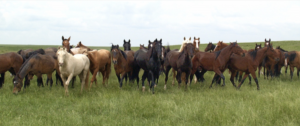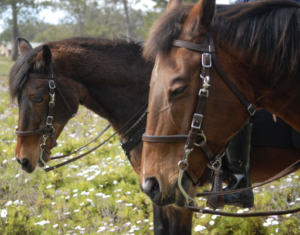The grimace scale as a pain assessment tool in horses
I was recently asked for scientific evidence about what we are seeing from horse behaviour by a friend and former work colleague. She was going to give a talk to children at a pony club on horse behaviour and is well aware that there are myths and old-wives tales floating around regarding the behaviour we see in animals, particularly those we live closely with and feel we know.
An interesting article that I thought to share is this one discussing pain grimace scales:
Development of the Horse Grimace Scale (HGS) as a pain assessment tool in horses undergoing routine castration
Pain can have a huge effect on behaviour we see from animals. Sometimes the source of the pain is obvious and an animal is cared for compassionately by human caregivers – their “bad” behaviour is understood. More commonly, pain is well hidden by an animal, especially those that are prey species, such as horses, ruminants, many bird species, and small furry pets such as rabbits guinea pigs and mice. This hiding of pain means that difficult, reactive or aggressive behaviour attributable to such pain can be thought to be because an animal is stubborn, feisty, shy, grumpy, mean, and various other negative descriptive terms, some of which are not appropriate for the general reading audience. Often people do not stop to question “WHY is this animal behaving this way?” and assume the problem is a temperament defect in the animal.
Whate are these horses conveying?
For people who are not  adept in reading subtle behavioural cues from horses, the facial grimace scale may help in understanding whether a horse’s behaviour is being affected by pain. Then compassion and treatment can be given to those horses. For other horses showing difficult behaviours, there may need to be more in depth investigation into the problem and its history.
adept in reading subtle behavioural cues from horses, the facial grimace scale may help in understanding whether a horse’s behaviour is being affected by pain. Then compassion and treatment can be given to those horses. For other horses showing difficult behaviours, there may need to be more in depth investigation into the problem and its history.


Leave a Reply